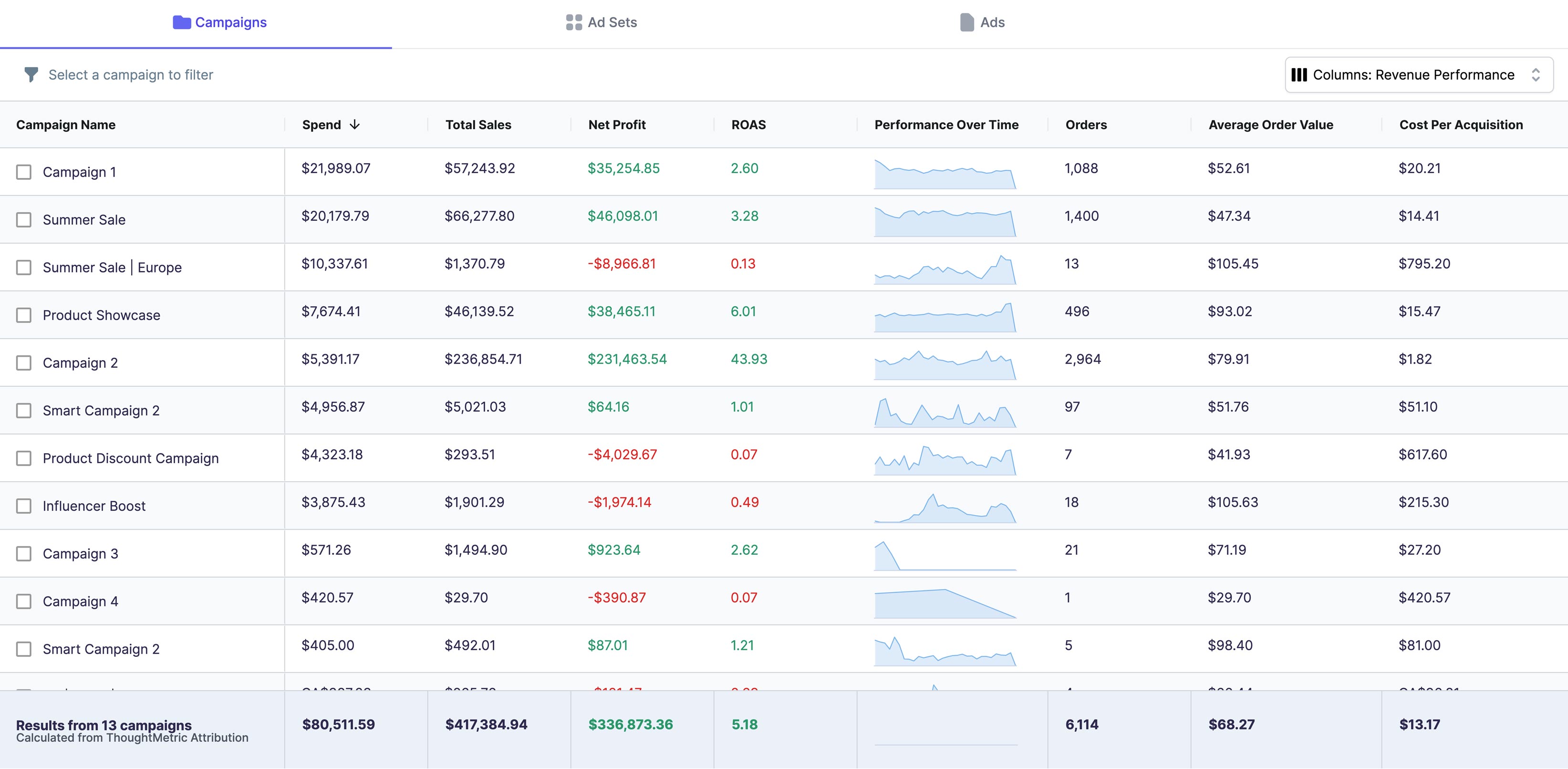If you're running an online store using WooCommerce, it's important to be aware of tax requirements, such as VAT. In this step-by-step guide, we will walk you through the process of adding VAT to your WooCommerce store, including setting up your store for VAT compliance, adding VAT rates, displaying VAT information, and managing exemptions and refunds.
Understanding VAT and Its Importance in eCommerce
VAT stands for Value Added Tax, which is a consumption tax added to goods and services at each stage of production and distribution. In eCommerce, VAT is added to the price of goods or services sold online, and the amount collected is paid to the government by the seller.
Value Added Tax is a tax that is levied on the value added to a product or service at each stage of production and distribution. It is a tax that is ultimately paid by the end consumer of the product or service. The seller collects the VAT from the consumer and pays it to the government. VAT is an indirect tax, meaning that it is not directly paid by the consumer to the government, but rather by the seller on behalf of the consumer.
The VAT system is used by many countries around the world, including the European Union, Canada, and Australia. Each country has its own VAT regulations, and it's important for eCommerce businesses to be aware of the regulations in the countries where they sell their products or services.
What is VAT?
VAT is a tax that is based on the value added to a product or service at each stage of production and distribution. It is a consumption tax, meaning that it is paid by the end consumer of the product or service. The seller collects the VAT from the consumer and pays it to the government.
The amount of VAT charged on a product or service is based on the value added at each stage of production and distribution. For example, if a manufacturer sells a product to a distributor for $100, and the distributor adds $50 of value before selling it to a retailer, the VAT charged on the product would be based on the $50 of value added by the distributor.
Most countries have a standard VAT rate, which is the rate applied to most goods and services. Some countries also have reduced VAT rates for certain goods and services, such as food, books, and medical supplies. In some cases, certain goods and services may be exempt from VAT.
Why is VAT important for your online store?
If you run an eCommerce store, it's important to be aware of VAT requirements, as failure to comply can result in penalties and fines. Additionally, customers may expect to see VAT added to the prices displayed on your website, and failure to do so could lead to customer frustration and lost sales.
Complying with VAT regulations can be complex, especially for businesses that sell products or services in multiple countries. It's important to work with a tax professional or use a software solution that can help you manage VAT compliance.
However, complying with VAT regulations can also have benefits for your business. For example, if you are registered for VAT, you may be able to reclaim VAT paid on business expenses, which can help reduce your overall tax liability.
Additionally, being transparent about VAT can help build trust with your customers. By clearly displaying VAT on your website and in your invoices, you can show customers that you are a trustworthy and legitimate business.
In conclusion, VAT is an important consideration for eCommerce businesses. By understanding VAT regulations and complying with them, businesses can avoid penalties and fines, build trust with customers, and potentially reduce their overall tax liability.
Setting Up Your WooCommerce Store for VAT Compliance
To set up your WooCommerce store for VAT compliance, you will need to configure your store's location and currency, and enable tax calculations and display settings.
Configuring your store's location and currency
The first step in setting up your store for VAT compliance is to configure your store's location and currency. To do this, go to the WooCommerce settings page and click on the General tab. Here you can set your store's country, state, and postcode, as well as your store's currency.
Enabling tax calculations and display settings
Next, you will need to enable tax calculations and display settings. To do this, go to the Tax tab in the WooCommerce settings page and check the box to enable taxes. Here you can also choose to display prices with or without tax, and customize how tax is displayed on invoices and emails.
Adding VAT Rates in WooCommerce
The next step in adding VAT to your WooCommerce store is to add VAT rates for your products or services. This involves creating standard VAT rates, adding reduced VAT rates for specific products or categories, and setting up VAT rates for different countries.
Creating standard VAT rates
To create a standard VAT rate for your products or services, go to the Tax tab in the WooCommerce settings page and click on Standard Rates. Here you can add new rates and specify the percentage rate to be applied.
Adding reduced VAT rates for specific products or categories
If you have products or services that are eligible for reduced VAT rates, such as children's clothing or books, you can add reduced rates for specific products or categories. To do this, go to the Tax tab and click on Reduced Rates. Here you can add new rates and specify which products or categories they apply to.
Setting up VAT rates for different countries
If you sell products or services in different countries, you may need to set up different VAT rates for each country. To do this, go to the Tax tab and click on the Country tab. Here you can add new tax rates for each country, and specify which products or categories they apply to.
Displaying VAT Information on Your Store
Once you have added VAT rates to your WooCommerce store, you will need to display VAT information on your store. This includes showing VAT inclusive and exclusive prices, customizing the VAT display on product pages, and adding VAT information to invoices and emails.
Showing VAT inclusive and exclusive prices
To show VAT inclusive prices, go to the WooCommerce settings page and click on the Display tab. Here you can choose to display prices with tax included or excluded. To show both prices, you can use the WooCommerce plugin to enable dual pricing.
Customizing the VAT display on product pages
You can customize how VAT is displayed on product pages by using the WooCommerce plugin to add custom fields for VAT information. These can include the VAT rate, the amount of VAT applied, and the total price with VAT included.
Adding VAT information to invoices and emails
Finally, you can add VAT information to invoices and emails by customizing the order confirmation email template in the WooCommerce settings page. Here you can include VAT information in the email, such as the total VAT applied and the VAT rate.
Managing VAT Exemptions and Refunds
Finally, you may need to manage VAT exemptions for eligible customers, and process VAT refunds for returns and cancellations.
Setting up VAT exemptions for eligible customers
If you have customers who are eligible for VAT exemptions, such as charities or non-profits, you can set up exemptions for them in the WooCommerce settings page under the Tax tab. Here you can add new exemptions and specify which customers are eligible.
Processing VAT refunds for returns and cancellations
If a customer returns a product or cancels an order, you may need to process a VAT refund. To do this, you can issue a credit note in WooCommerce and manually refund the VAT portion of the sale.
By following these step-by-step instructions, you can ensure that your WooCommerce store is compliant with VAT requirements and that your customers can easily see VAT information when shopping on your website.





